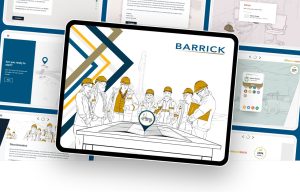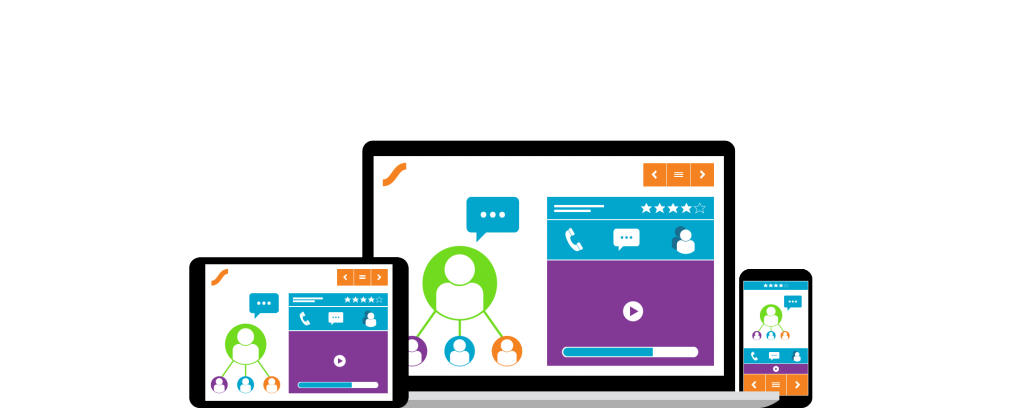

Think about one of the worst classroom learning experiences you’ve had and one of the best. What’s the difference? The chances are that in one case you’re picturing someone reading from a list of bullet points, making no effort to engage the audience. And in the other you’re picturing someone involving the audience, encouraging interaction – and making eye contact.
You’re picturing what it feels like to experience our elearning. So how do we do it?
No two projects are the same. That’s why all our solutions are bespoke. But there are a few golden rules that we like to follow, just to help make sure that we’re delivering the best experience for your learners possible.
eLearning should always recognise your learners’ points of view, articulate their concerns and answer their questions. It’s about holding a conversation with the learner, in her language.
We really do believe that effective elearning focuses on the choices your people make every day. We take the time to set clear and testable objectives to ensure you get the behaviours your organisation needs.
We structure our training around plausible, everyday scenarios that look realistic and present the learner with familiar choices and pose questions to which they may not yet have definitive answers.
There’s only one thing wrong with the tell-and-test model: it doesn’t work (unless you want to test short-term memory)! Instead we use questions to find out what the learner already knows and build from there.
Below you can see just some of the ways we add value to our clients’ businesses by producing bespoke elearning solutions and online learning solutions that really do engage, persuade and change their people.
Learners expect experiences they can touch, and tools which are accessible from anywhere. We use HTML5 to build responsive content which learners can navigate like the apps and websites they love. One experience, on any device.
An eye-popping animation is a great way to open a course. It’s also a standalone asset to help you promote it. You can have a message from your CEO to open the training, video testimonials from some of your employees, interviews with your subject matter experts or dramatised scenarios using actors. You can film in a studio, on location or in virtual worlds (using green or blue screen).
Most assessments test only short term memory. We apply our expertise to build diagnostics which target content and measure the key indicators of behaviour change. It’s a key ingredient in ‘me-learning’.
What makes great classroom training great? Often it’s the instructor involving the audience, encouraging interaction – and making eye contact. We believe online training is no different. Our elearning solutions are fully interactive, using activities, quizzes and highly developed scenarios.
Game mechanics in learning motivate achievement by satisfying psychological needs. We build in performance indicators that measure how well learners doing as they answer questions, complete tasks or make decisions. This flags up weaker areas early on and spurs them on when they’re on a roll.
We support organisations with learning that builds emotional investment in new systems with scenario-based simulations. Our i-Capture™ software and ‘show me, guide me, let me try’ model creates fast-acting, cost-effective training that keeps up with changing systems.
You need to capture learner commitments at the moment of maximum engagement. Every year learners tell us how they wish they could condense a long course into a set of tools and notes they could actually apply at work. Personalised action plans make this kind of learning transfer easy.
Interaction doesn’t have to mean inaccessibility. All our elearning solutions are fully accessible for hearing, sight or mobility impaired users. We’ll also work with you to develop solutions to any more specific requirements you may have.
Do you need to roll a course out globally to users who can’t necessarily speak English? We’ve got a wealth of experience in translating elearning courses into languages ranging from French and Spanish to Arabic, Turkish, Japanese and Mandarin. We can manage everything from the written translation to finding foreign language voiceovers.